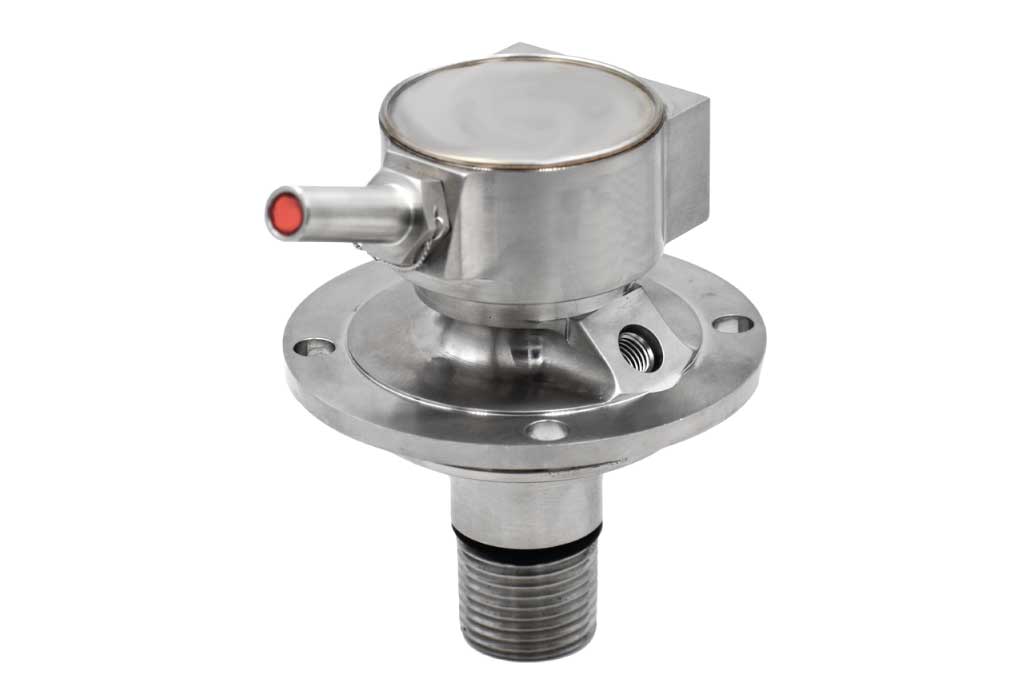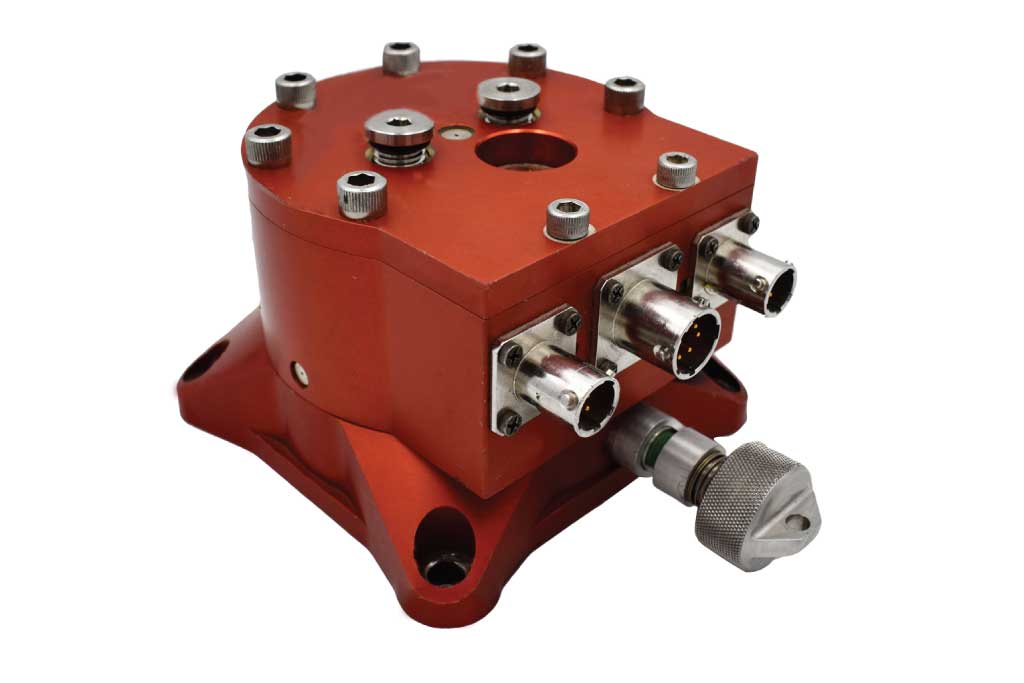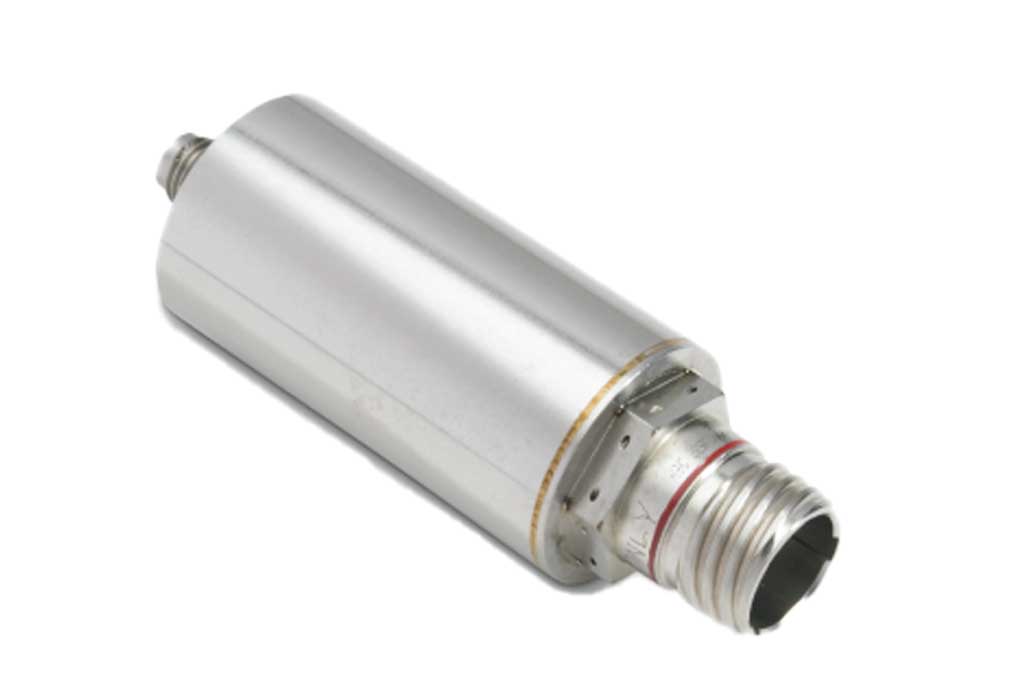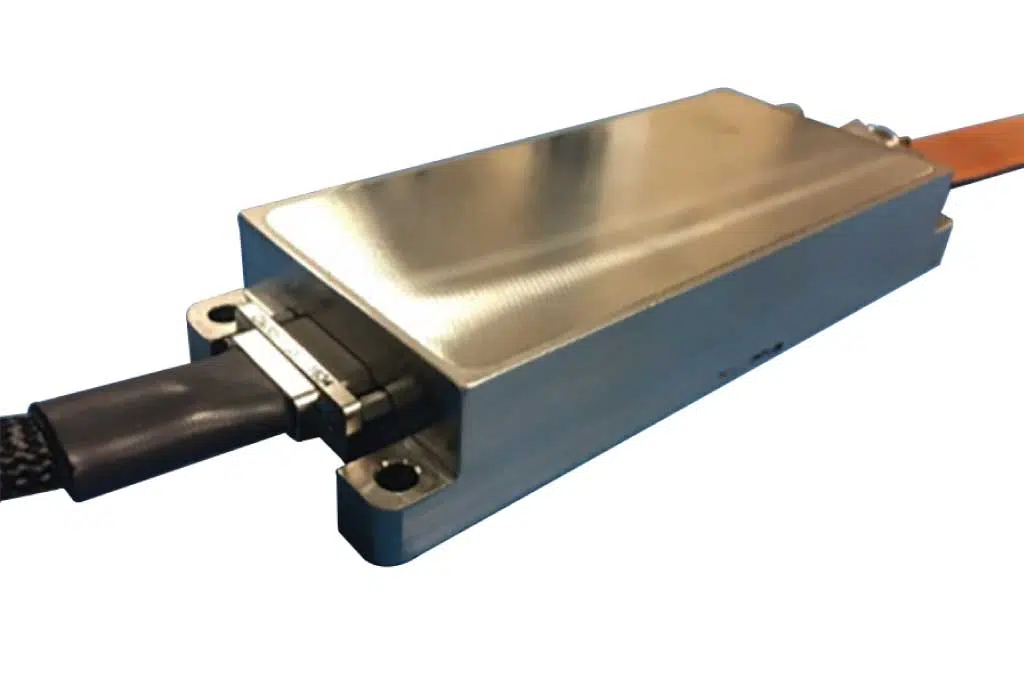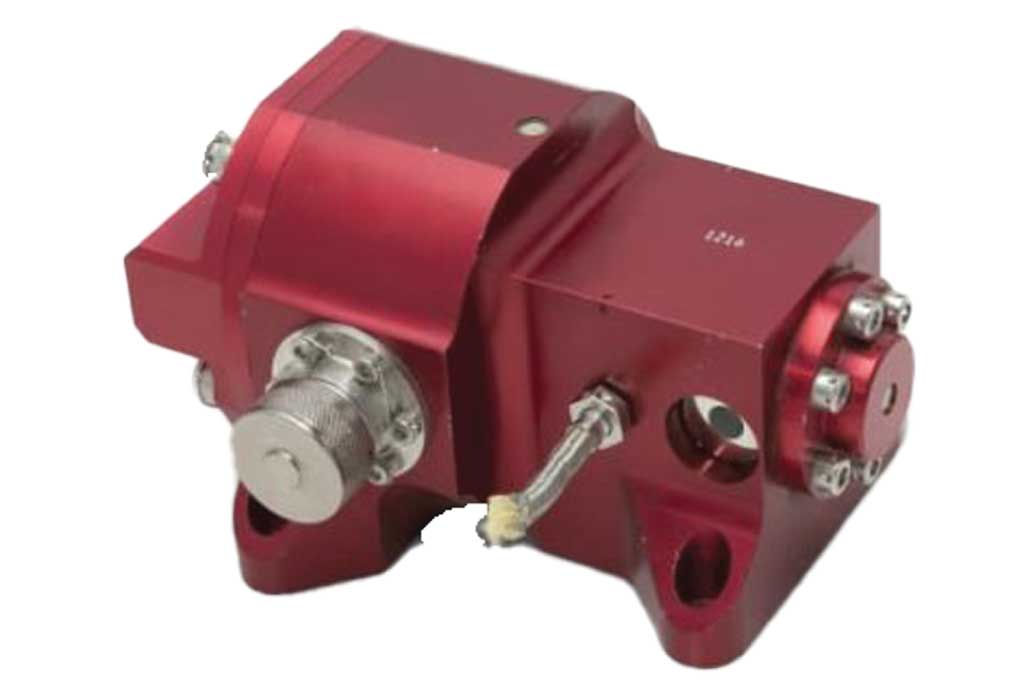Safe and Arm Device
Safe and Arm device purpose is to control the initiation of a pyrotechnic device such that the energetic output is fired only when commanded and is safe at all other times. It’s a device that prevents inadvertent arming or firing of a pyrotechnic event and makes the system is insensitive to environmental stimulus, such as
- Fires
- Electro-magnetic fields
- Stray voltages
- Electro-static discharge
SADs are required any time there is a risk to personnel or infrastructure if a pyrotechnic sub-system were to malfunction.
50 Years of Experience.
These requirements exist because of several key disasters in the past. One such example is the USS Forrestal aircraft carrier fire in 1967. A fire in which a rocket inadvertently launched, causing a fire which then ignited other munitions onboard. That disaster resulted in the deaths of 134 sailors and crippling of the ship. These older weapon systems at the time did not use safe and arms. Most used simple hot wire devices, squibs or bridgewires. Today, PacSci EMCSADs exist in many systems including:
- Commercial and defense aircraft
- Commercial and defense launch vehicles
- Tactical and strategic missiles
- Variety of munitions
- Vehicle active protection systems
Electronic Safe and Arm Device
An Electronic Safe and Arm Device (ESAD) is used to provide safety critical energetic systems (flight termination, solid rocket motors, warheads etc.) initiation on command, when commanded.
